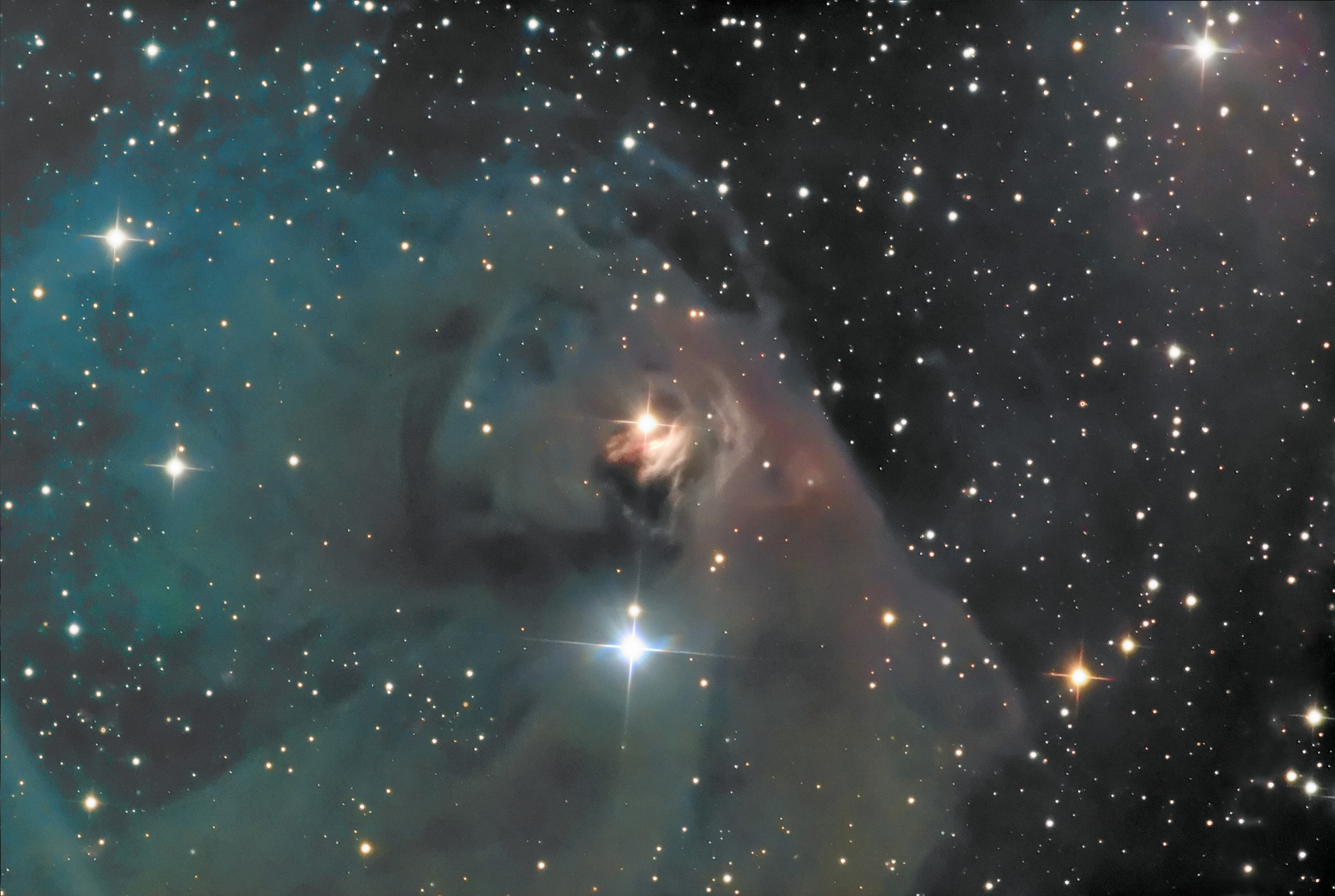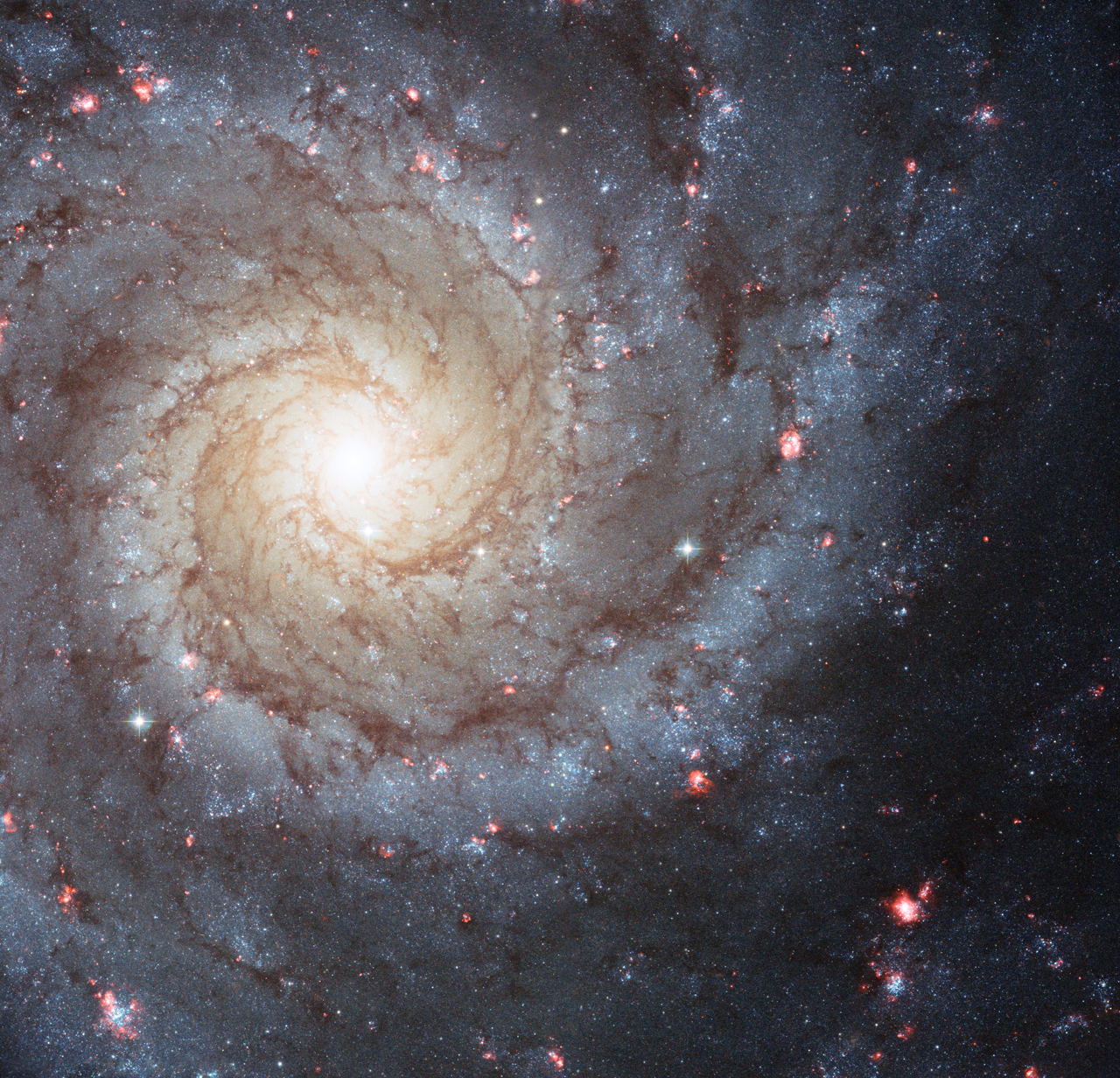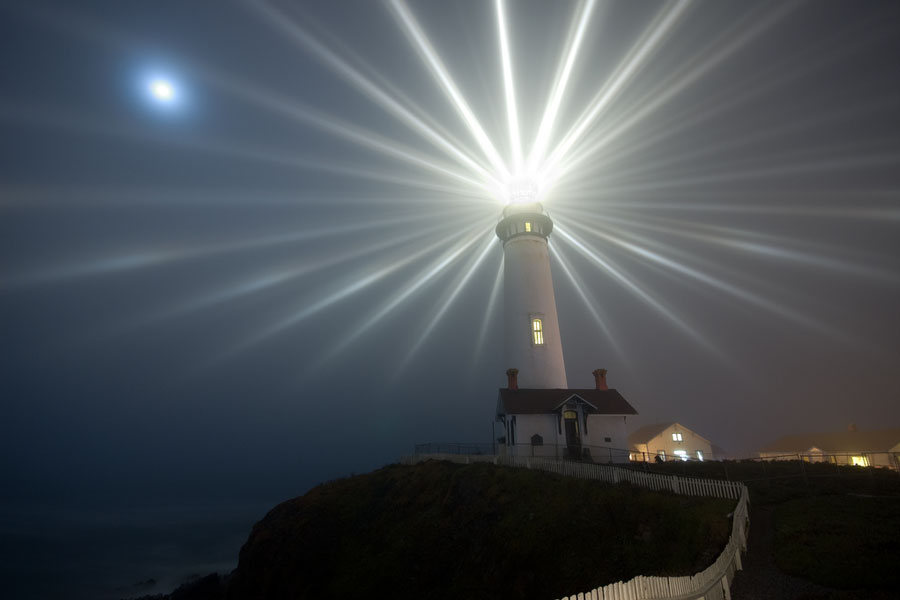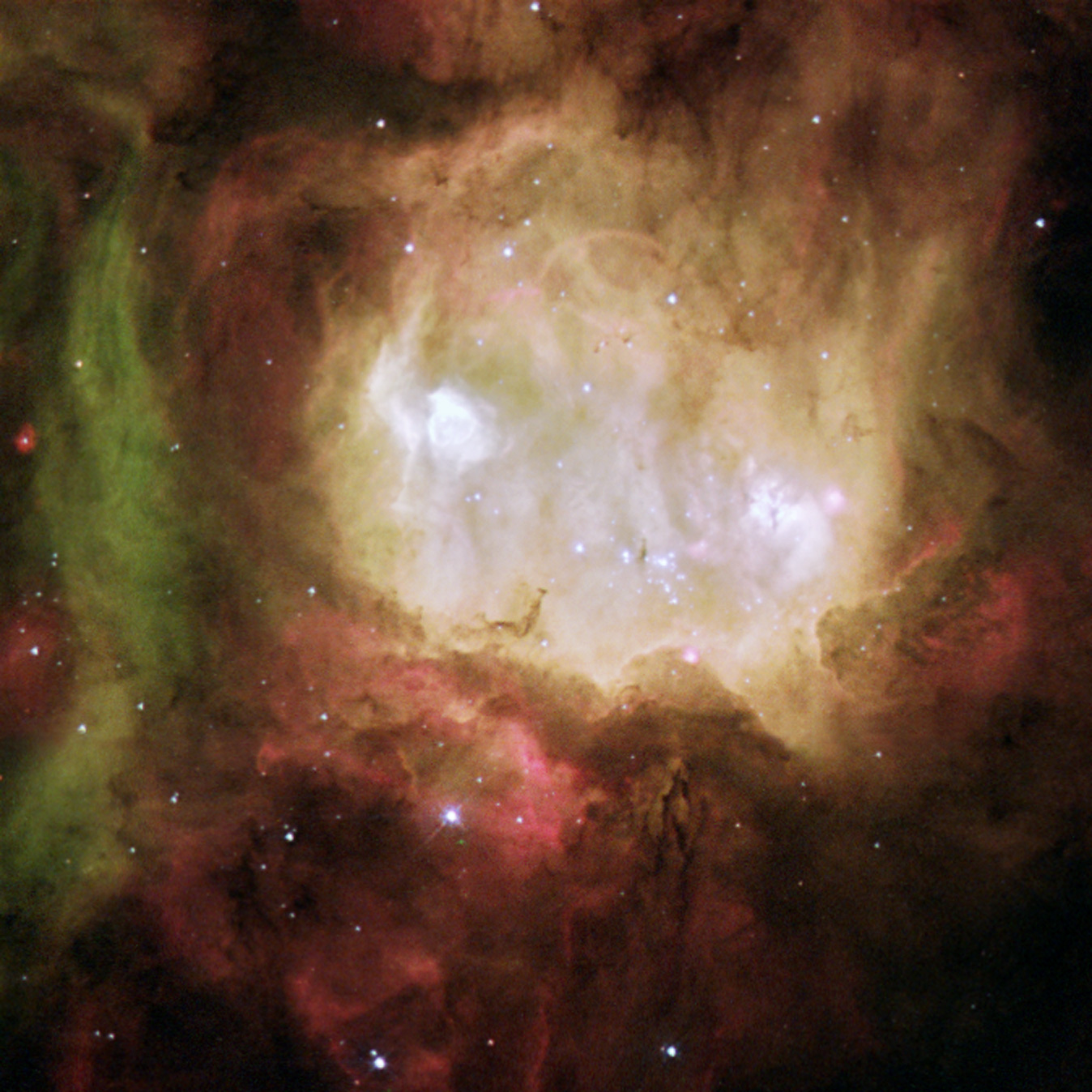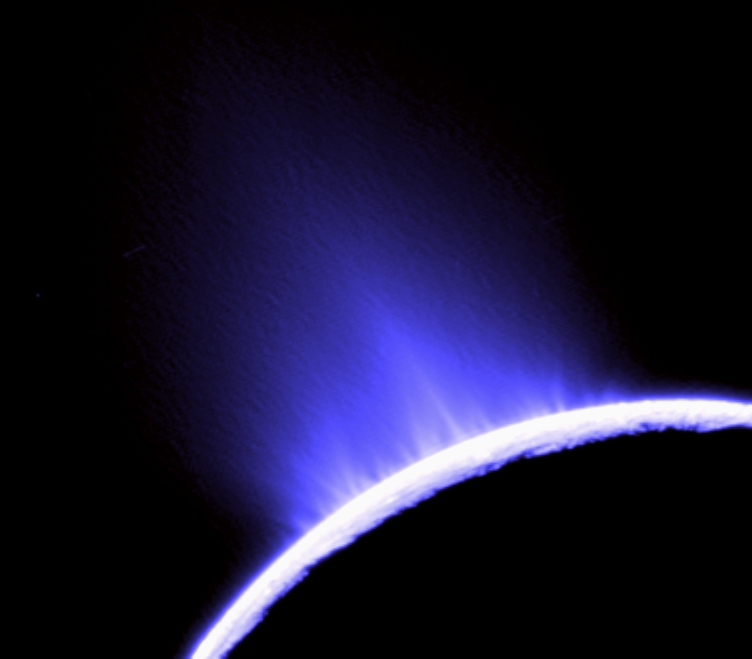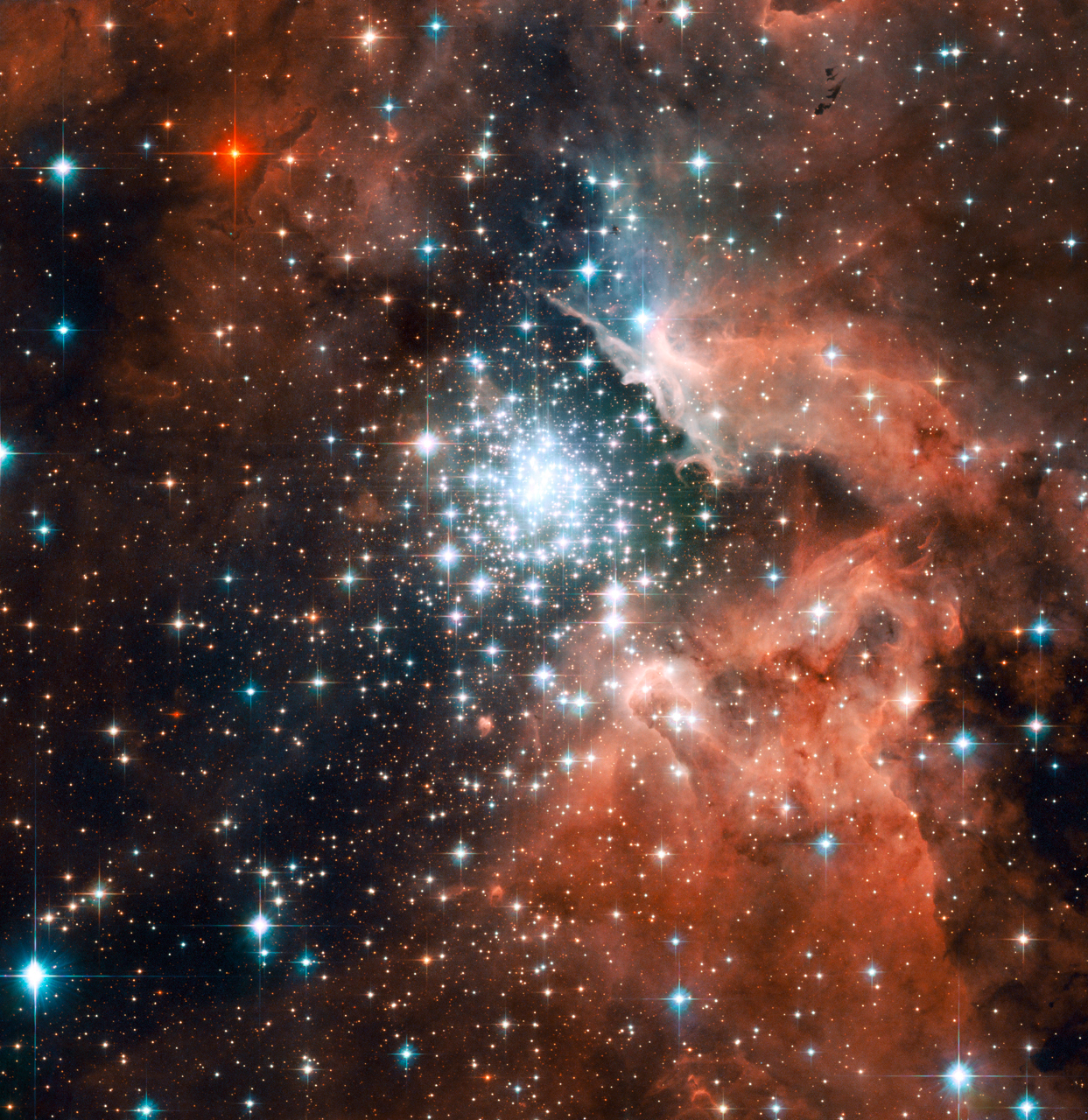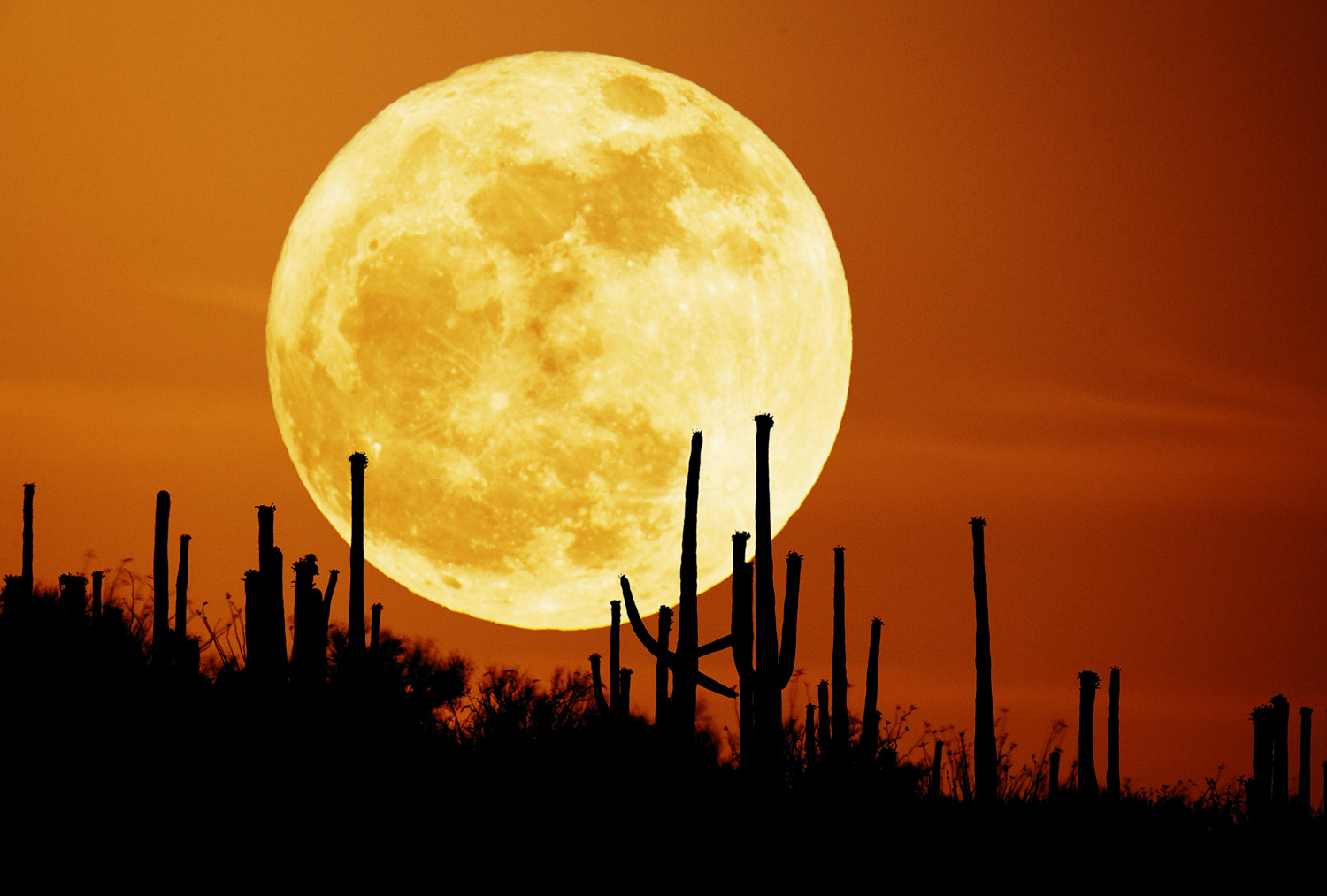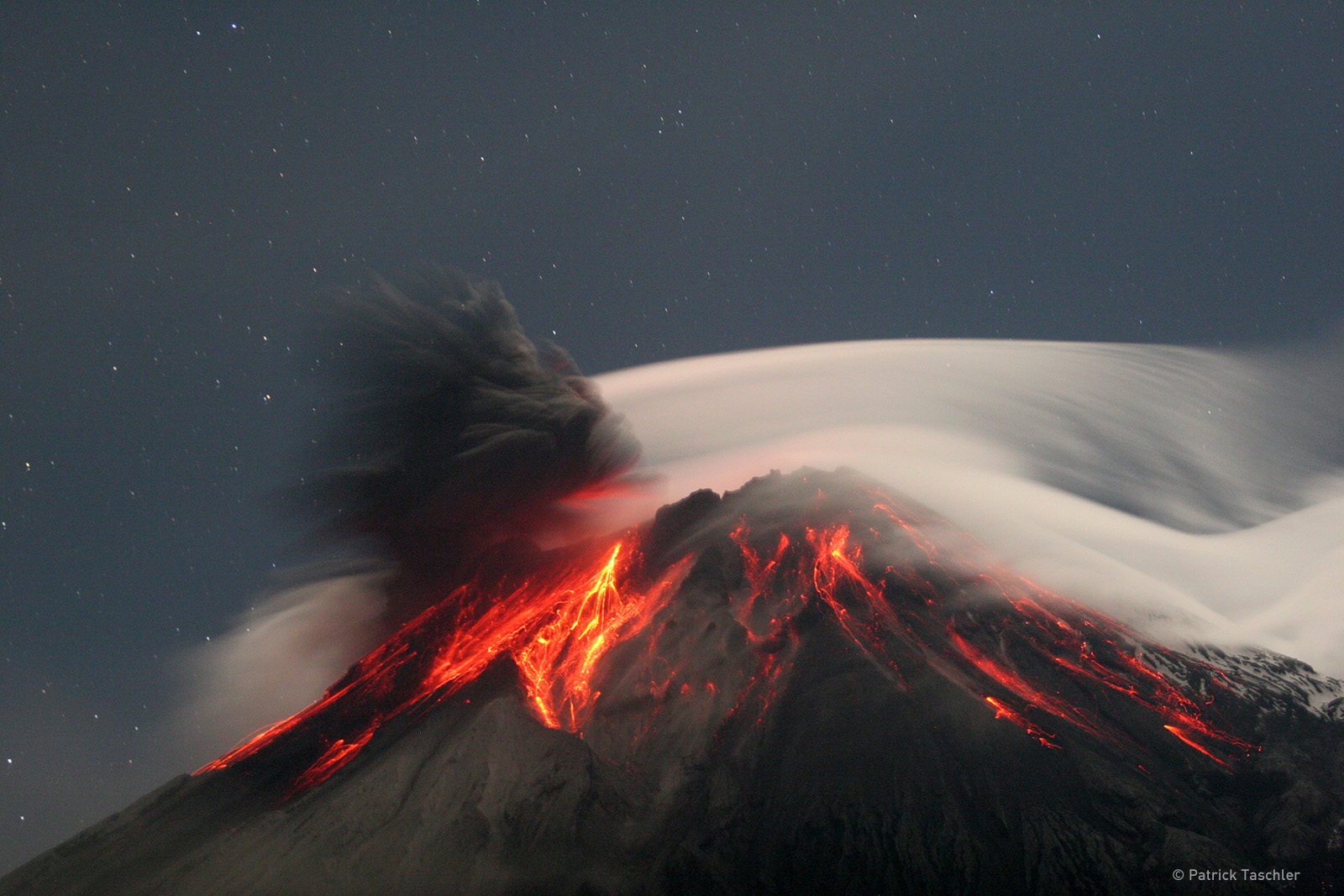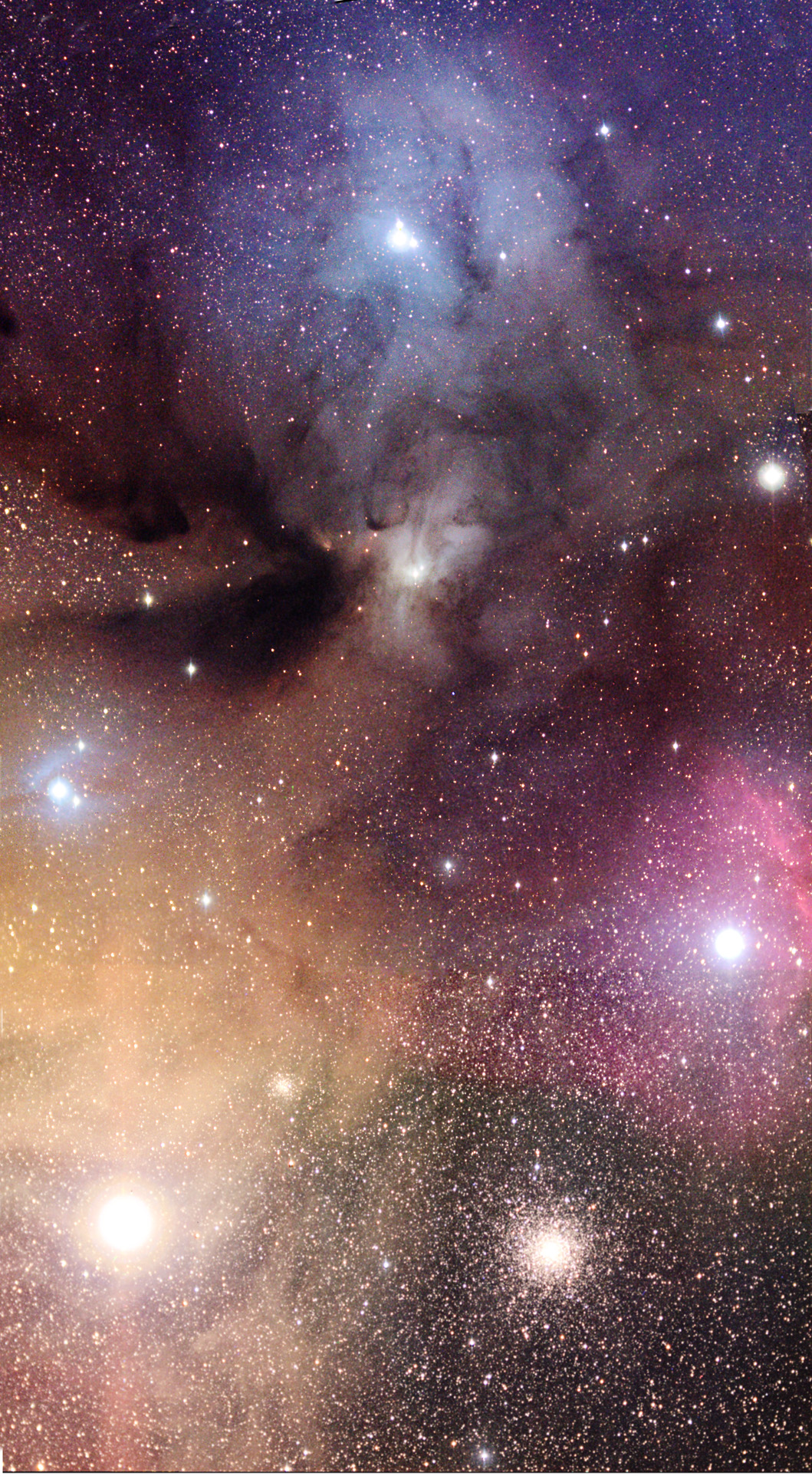Reflections on the 1970s  Orion was the one thing I always looked for in the night sky when I was younger. Well, that and the Little Dipper which I now know is only an asterism for Ursa Minor. Anyways, it's always fun to look up at the sky at night and see all the stars and the pretty moon. I like the moon. It's very bright and pretty as I said before.
Orion was the one thing I always looked for in the night sky when I was younger. Well, that and the Little Dipper which I now know is only an asterism for Ursa Minor. Anyways, it's always fun to look up at the sky at night and see all the stars and the pretty moon. I like the moon. It's very bright and pretty as I said before.
 Orion was the one thing I always looked for in the night sky when I was younger. Well, that and the Little Dipper which I now know is only an asterism for Ursa Minor. Anyways, it's always fun to look up at the sky at night and see all the stars and the pretty moon. I like the moon. It's very bright and pretty as I said before.
Orion was the one thing I always looked for in the night sky when I was younger. Well, that and the Little Dipper which I now know is only an asterism for Ursa Minor. Anyways, it's always fun to look up at the sky at night and see all the stars and the pretty moon. I like the moon. It's very bright and pretty as I said before.